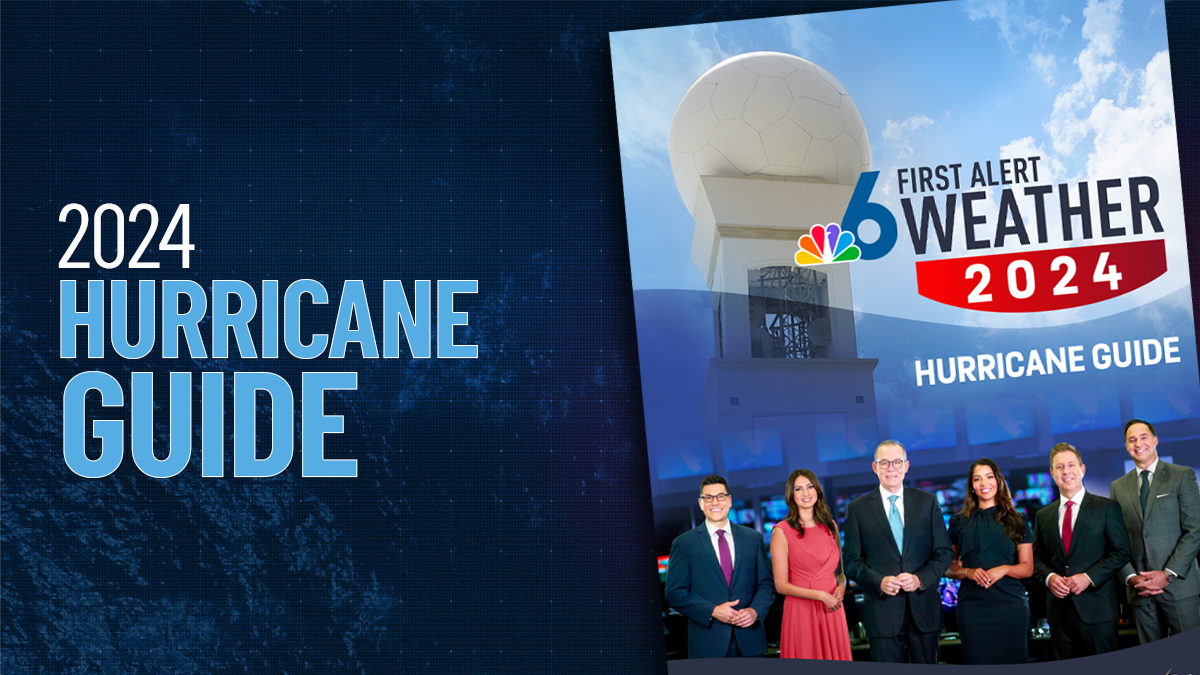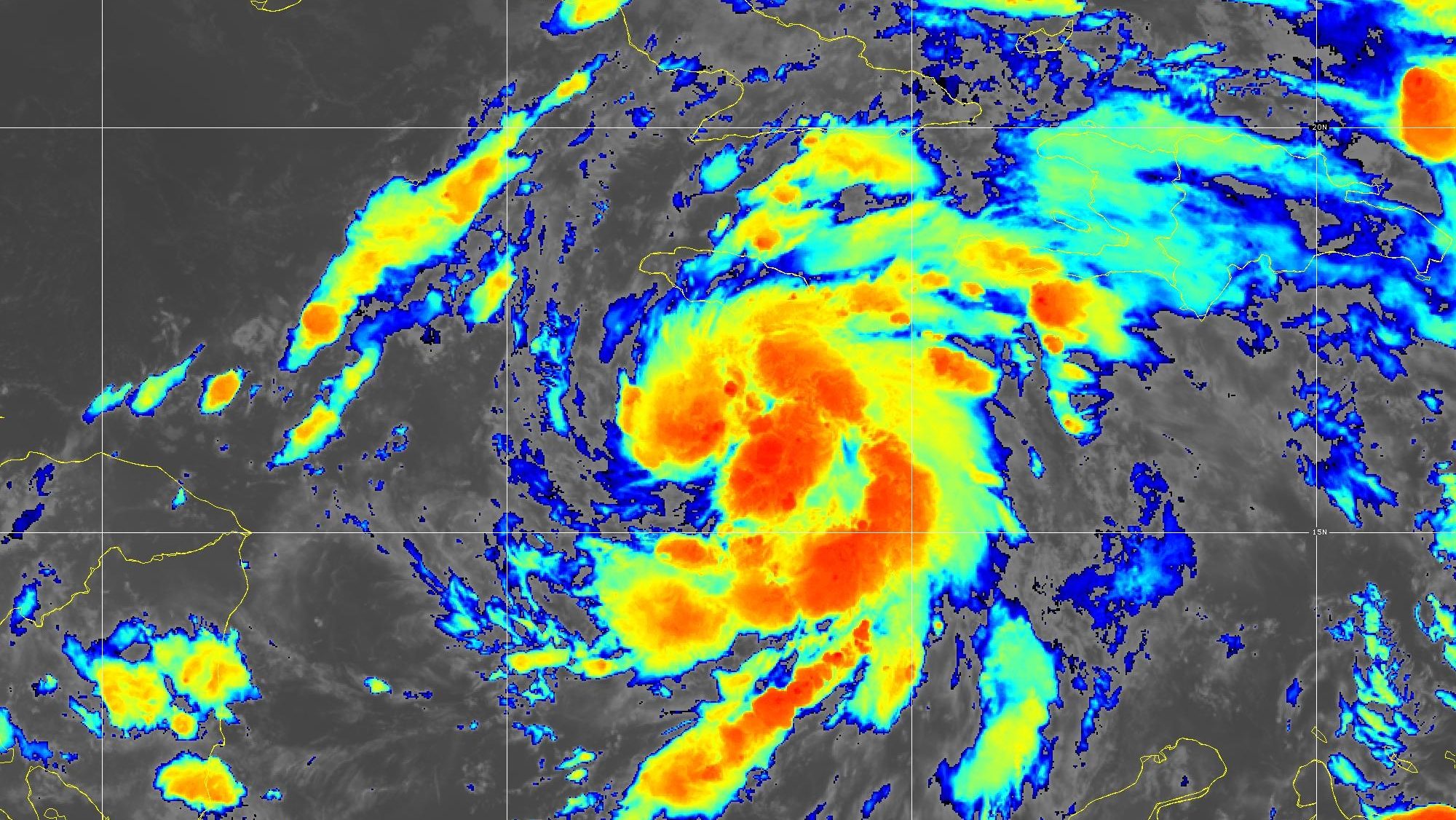2023 was Earth’s hottest year on record and ninety percent of global warming is stored in the ocean. There are eight ways in which a hotter ocean can make hurricanes more dangerous.
1. Sea-level rise
The first connection is sea-level rise from the melting ice caps. Even all the way down here in Florida, if the sea level is higher, the storm surge from a landfalling storm can be even more devastating, as we saw vividly with Ian in 2022.
2. Stronger storms
The Hurricane season is on. Our meteorologists are ready. Sign up for the NBC 6 Weather newsletter to get the latest forecast in your inbox.
The second connection is stronger storms because heat is the fuel that allows storms to grow into monsters. Ocean temps last year were at record levels in many areas where storms can explode and this year, ocean temps are already warmer than they have ever been this early in the season.
3. Wetter storms
The third connection is wetter storms because as temperatures rise, potential moisture also rises and that can mean more rain in a shorter period of time.
Hurricane Season
The NBC 6 First Alert Weather team guides you through hurricane season
4. Slower storms
The fourth connection is slower storms, something scientists are still trying to understand. But we are learning that as we increase temperatures, we decrease steering winds, allowing hurricanes like Harvey and Dorian to sit in place for days and days.
5. Storms in unexpected places
The fifth connection is storms "where" they shouldn’t be. The most striking example from 2023 is Hilary, which led to the first-ever tropical storm warning for the Southwest United States.
6. Off-season storms
Connection number six is storms "when" they shouldn’t be, including thirteen off-season storms over the last decade or so.
7. More storms
Connection number seven is the most complicated: More storms. The reason why this is so complicated is because there are many things that can affect how many storms form, like lower pollution levels over the ocean and El Niño vs. La Niña. But ocean temperatures play a huge part. While a warmer ocean doesn’t “create” more storms out of nowhere, once a system is born, a warmer ocean can keep it alive and give it the opportunity to get a name. That means systems that may have died out years ago have the chance to stay alive now and add to the seasonal total.
8. Rapid intensification
Finally, and perhaps most importantly is connection number eight: rapid intensification. This may be the scariest aspect of a warmer ocean because storms can go from tropical depressions to major hurricanes seemingly overnight, and if an area isn’t prepared, the results can be disastrous, like we saw with Otis in Acapulco last year.



